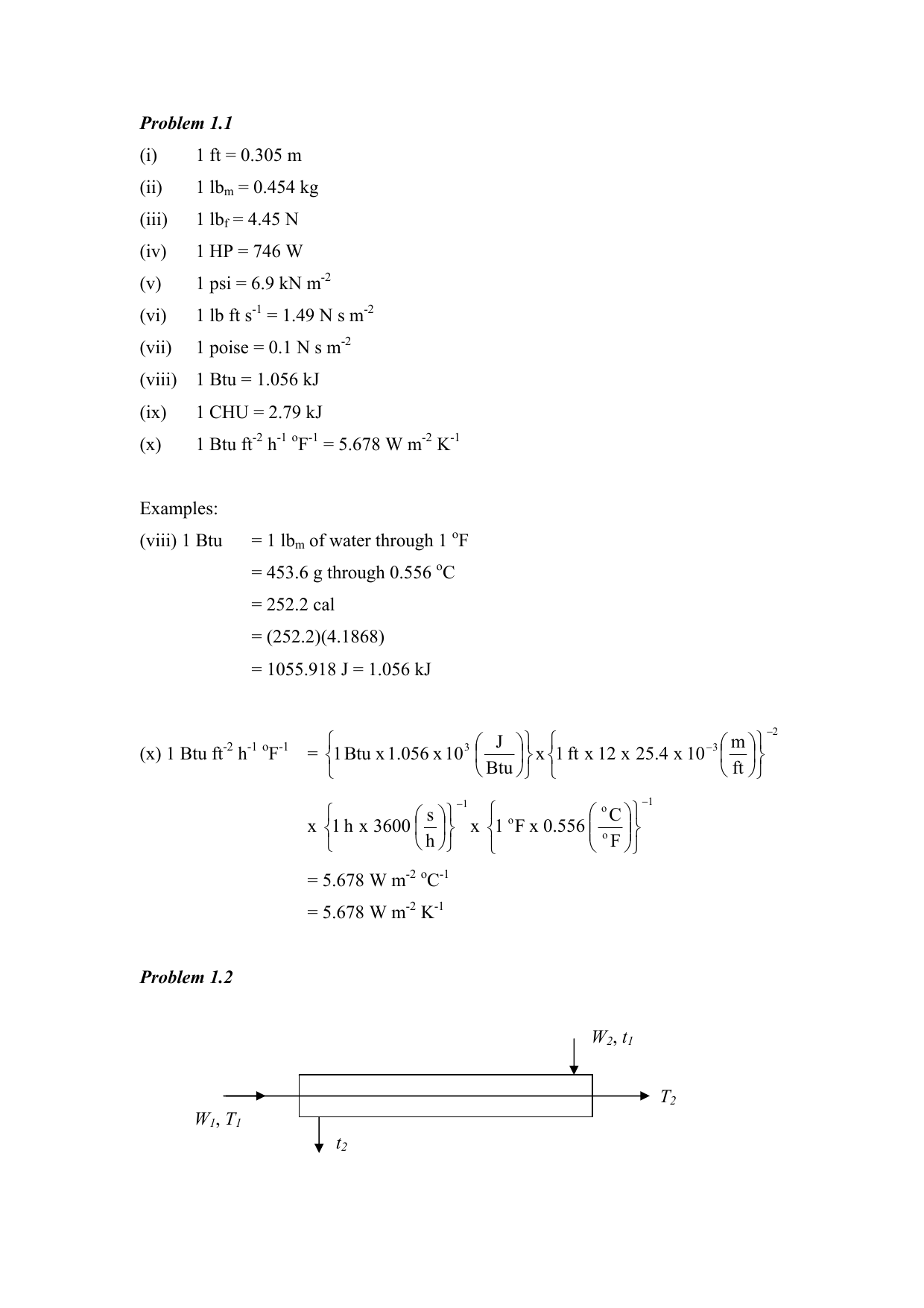

If Mt is the total value of any extensive thermodynamic property of a solution, the partial molar property To be more precise, the partial molar property of a particular component in a mixture measures the contribution of that component to the mixture property. The term partial molar property is used to designate the property of a component when it is in admixture with one or many components. In this connection, the concept of partial molar properties is of great use. Thus we need a new set of concepts that enable us to apply thermodynamics to solutions of variable composition. But it still contributes to the property of the solution as is evident from the fact that by changing the amount of substance, the solution property also changes. It means that when a substance becomes part of a solution it loses its identity. For example, the volume of a solution is not the sum of the volumes of the pure components constituting the solution. In this chapter, we discuss how the thermodynamic properties of a solution are determined and introduce certain concepts that are essential to the study of phase equilibria and chemical reaction equilibria.ħ.1 PARTIAL MOLAR PROPERTIES The properties of a solution are not additive properties of its components. The pressure, temperature and the amount of various constituents present determine the extensive state of a solution and pressure, temperature and composition determine the intensive state. The term solution includes homogeneous mixtures of two or more components in the gas, liquid or solid phase. The thermodynamic properties of solutions and heterogeneous systems consisting of more than one phase are influenced by the addition and removal of matter. The relationships developed for pure fluids are not applicable to solutions and need modification. 7 Properties of Solutions We have seen in Chapter 6 that the thermodynamic properties of homogeneous pure substances depend only on the state of the system.


 0 kommentar(er)
0 kommentar(er)
